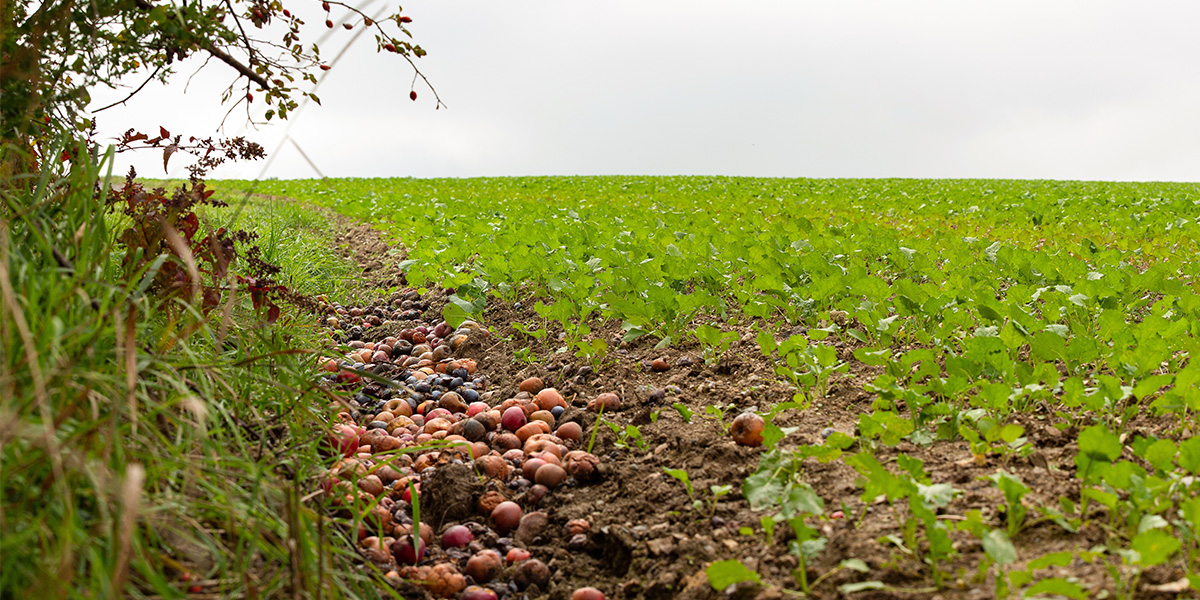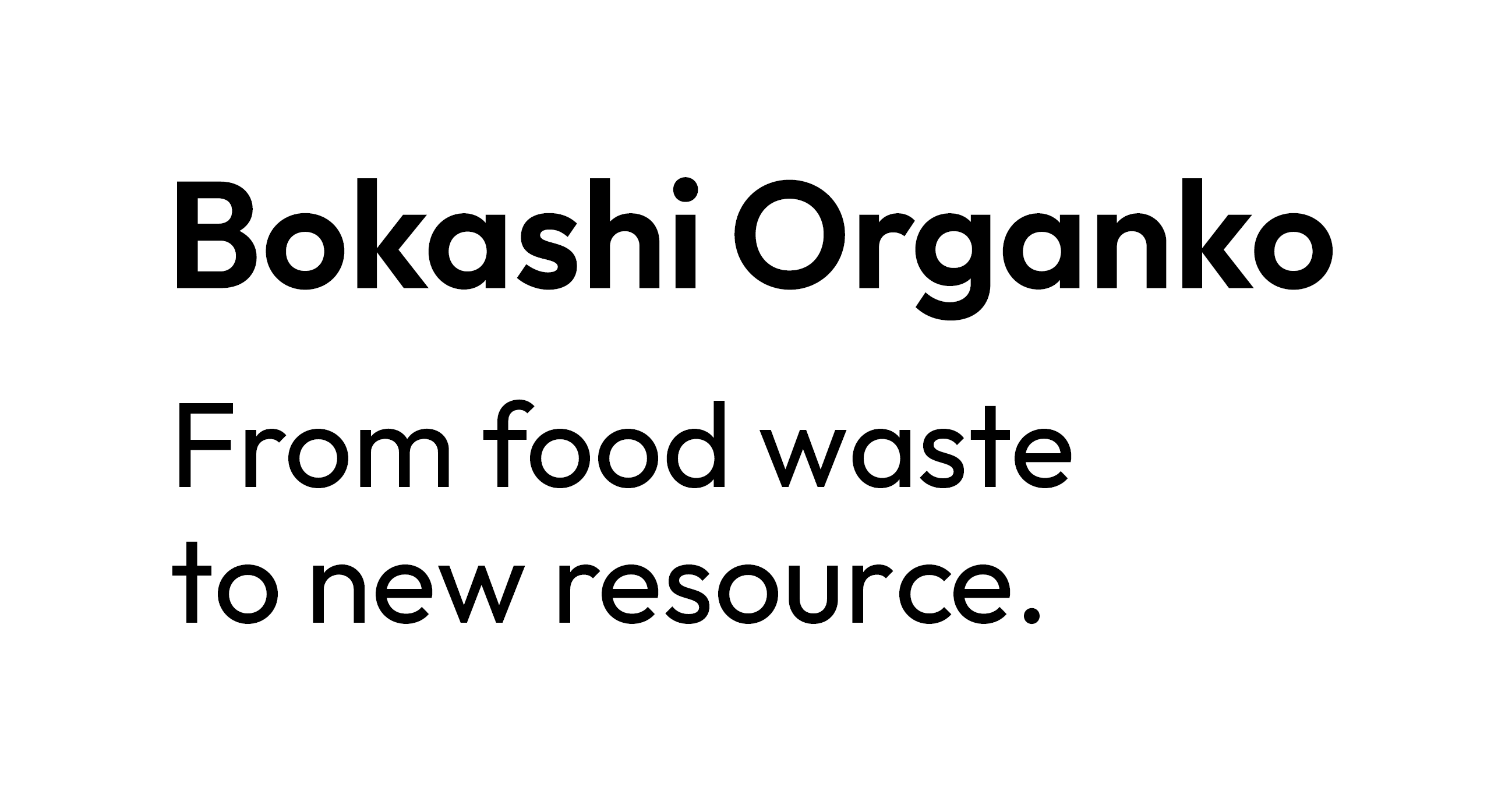Before we tell you what the Food Recovery Hierarchy is and take a closer look at it, you need to be aware of some sad facts. When it comes to food production, supply chain, and consumption, we as a society are extremely inefficient. We somehow manage to waste more than one-third of our food. At the same time, every tenth person is still malnourished. So, that's more than 30% of wasted food on the one hand, and 10% of the world population lacking food on the other. Think about these numbers for a while. It means we need to improve how we handle food and get better organized just slightly. We just need to be 3.33% more efficient. Just by doing so, we can ensure that no one is hungry. And this is where the Food Recovery Hierarchy can help a lot.
Furthermore, wasted food is also a serious burden on the environment. As such, we must make sure to reduce food waste as much as possible and reuse the rest. Luckily, this is also where the Food Recovery Hierarchy provides the necessary guidance.
 The Food Waste Recovery Hierarchy
The Food Waste Recovery Hierarchy
The US Environmental Protection Agency (EPA) developed the Food Recovery Hierarchy to help reduce food waste in the United States and around the globe. This hierarchy was created as an inverted pyramid, meaning that the top levels are the most favorable. Here's the gist of the Food Recovery Hierarchy from the most favorable to the least favorable methods:
- Source reduction
- Feed hungry people
- Feed animals
- Industrial uses
- Composting
- Incineration or landfill
Let's now take a closer look at each of the six levels of the Food Recovery Hierarchy.
The top level of the Food Recovery Hierarchy: source reduction
You might have heard about the 3 R's that apply to all waste. They are Reduce, Reuse, and Recycle (in that order). So, the top level of the Food Recovery Hierarchy is following that rule - it is all about reducing at the source. If we learn to create and buy less food (the amount we actually need), we will automatically waste less of it. By not creating that much food, we will consequently waste less of it.
As an individual or a household, you need to make sure that you never buy more than you actually need. Use a shopping list and keep track of your supplies. This is especially important with food that has a shorter shelf life. Moreover, when you cook, keep in mind that it's also healthier to stop eating when you are 80% full. As such, it is better to prepare less food than to have extra just in case (like we are used to). Make your weekly recurring goal not to waste any food. All-in-all, if we all start buying less, the food companies and farmers will start producing less.
 The 2nd level of the Food Recovery Hierarchy: feed hungry people
The 2nd level of the Food Recovery Hierarchy: feed hungry people
A lot of wasted food is perfectly edible. As such, we must also do our best to find creative ways to make sure that that extra food finds its way to those suffering from food insecurity. Why creative? Well, there are some laws and other limitations that often make it challenging to recover food by feeding the hungry. However, there are ways to make this happen. When individuals, restaurants, and other facilities that deal with food put our minds together, we can make a huge difference.
Fortunately, there are many food banks and shelters across the globe already doing an amazing job. However, it is up to you to find out what the options are in your area. And, in case you find out that there are no proper solutions set in place yet, take the initiative. You'd be surprised what even a small group of people can achieve. So, whenever possible, follow the second level of the Food Recovery Hierarchy and feed hungry people.
The 3rd level of the Food Recovery Hierarchy: feed animals
Just like humans, animals also need to be fed. And, unlike the rather sensitive human stomachs, most animals have more powerful digestive enzymes. That enables them to process food that we couldn't properly. As such, before you waste any food, think twice if it could be used to feed farm animals. Find a way to connect with local farmers and make sure that you always consider this level of the Food Recovery Hierarchy before throwing your food away.
The 4th level of the Food Recovery Hierarchy: industrial uses
Many people don't know that certain food waste can be used as biofuel and bio-products that can power machines, such as cars. Hence, if you can't solve your food waste with the above three levels of the Food Recovery Hierarchy, make sure to check if there's a way you can repurpose your food waste for industrial use.
The 5th level of the Food Recovery Hierarchy: composting
If you can't find a way to repurpose your food waste with any of the above four levels of the Food Recovery Hierarchy, composting is still a very solid solution. However, the problem with traditional composting is that it still produces quite a lot of greenhouse gases. But luckily, you can combine traditional composting with the bokashi fermentation method, which has about 20-times lower greenhouse gas output.
As such, you only need a quality indoor composter to start the environmentally-friendly composting process in the comfort of your kitchen. Of course, it is important to close the loop to ensure that your food resources are converted into quality compost. And, the latter must then be used to produce organic crops.
The bottom level of the Food Recovery Hierarchy: incineration or landfill
Sadly, this bottom level of the Food Recovery Hierarchy is still the most common practice of handling organic waste, including food waste. However, they are both very heavy on the environment. And, given the fact that we have five levels of far better solutions, we should find a way to make sure that our food waste never reaches incinerations and landfills.
 However, if we want to turn this theoretical Food Recovery Hierarchy into reality, we all need to do our part. From individuals to large corporations, we must commit to taking the necessary actions daily to ensure food is not wasted. And, if we can't avoid wasting food, we need to make sure that it's collected and processed properly. That is the only way to close the food cycle.
However, if we want to turn this theoretical Food Recovery Hierarchy into reality, we all need to do our part. From individuals to large corporations, we must commit to taking the necessary actions daily to ensure food is not wasted. And, if we can't avoid wasting food, we need to make sure that it's collected and processed properly. That is the only way to close the food cycle.
Moreover, spreading the word is an important part of informing others. As such, talk about the Food Recovery Hierarchy as often as possible.


